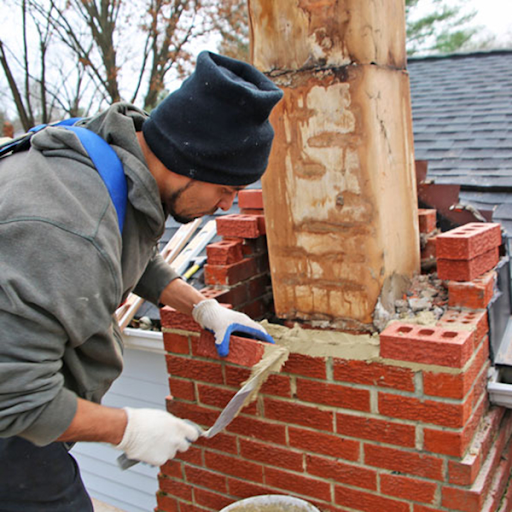Rigging might look simple from the outside, but anyone who’s been on a construction or industrial job site knows it’s a complex and high-stakes responsibility. Moving heavy loads, working with cranes, and making split-second decisions all require skill and focus. Without proper training, mistakes can happen quickly, and those mistakes can cost money, time, or even lives. That’s why NCCER Rigger Training has become such a valuable program across the industry.
Why Rigging Training Matters So Much
Rigging is about more than just hooking a load onto a crane. Workers need to understand weight limits, sling angles, and safe lifting practices. A load that isn’t balanced properly or secured correctly can shift suddenly and cause major accidents. Proper rigger training helps crews avoid these hazards. It teaches them how to calculate, communicate, and execute lifts with precision. The result is fewer mistakes and safer working conditions.
NCCER’s Role in Raising the Bar
The National Center for Construction Education and Research (NCCER) is a respected name in workforce development. Their training programs are designed to meet national standards and reflect the needs of modern industries. When a worker completes NCCER Rigger Training, employers know they’ve been trained in line with industry best practices. This makes crews more reliable, and it also ensures companies are meeting safety regulations.
Reducing Costly Mistakes on Job Sites
Every delay or accident on a job site costs money. Equipment damage, medical bills, and downtime all add up fast. Mistakes also hurt morale, making workers hesitant or stressed. By investing in rigger training, companies cut down on these risks. Workers learn how to inspect equipment before use, recognize hazards, and plan lifts correctly. These simple steps reduce accidents and keep projects running smoothly. In the long run, training saves much more than it costs.
Building Confidence Among Workers
Confidence is another major benefit of NCCER Rigger Training. A worker who knows exactly how to rig a load and communicate with a crane operator is less likely to second-guess themselves. That confidence spreads across the whole team, creating better communication and stronger teamwork. Crews that trust each other and follow the same standards are more productive and safer overall.
Training That Adapts to Real-World Challenges
Job sites aren’t predictable. Weather changes, equipment fails, and unexpected problems pop up all the time. That’s why NCCER’s program doesn’t just focus on theory. It combines classroom instruction with hands-on practice. Workers don’t just hear about proper rigging, they do it. This prepares them for the challenges they’ll face in the field, where conditions are rarely perfect.
Meeting Industry Standards and Compliance
Safety regulations are always evolving, and companies are expected to keep up. Having crews certified through NCCER Rigger Training shows clients, partners, and inspectors that a company takes safety seriously. It also reduces the chances of fines or penalties for non-compliance. At the same time, workers gain credentials that are recognized across the industry, giving them more career mobility and long-term opportunities.
Why Employers Should Prioritize Rigger Training
For employers, the choice is clear. Investing in rigger training is about more than just meeting minimum requirements. It’s about building a crew that works efficiently, avoids costly mistakes, and stays safe on the job. Trained riggers can handle more complex lifts, support crane operators effectively, and ensure every load is moved with care. That kind of skill benefits every project, no matter the size.
Final Thoughts
Rigging is one of the most critical parts of construction and industrial work, and it’s not something that should ever be left to chance. With NCCER Rigger Training, workers gain the knowledge and hands-on skills they need to perform safely and efficiently. Employers, in turn, build stronger crews and reduce the risks that come with heavy lifting. At the end of the day, training isn’t just about ticking a box. It’s about creating safer teams, smoother projects, and a more professional workforce from the ground up.



